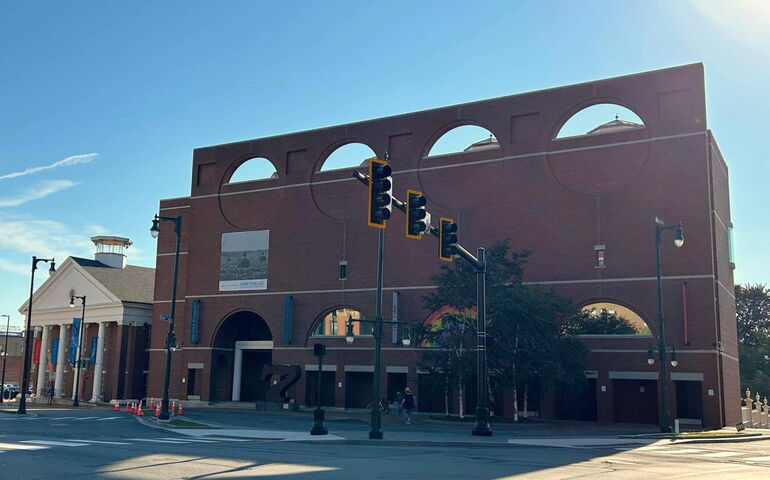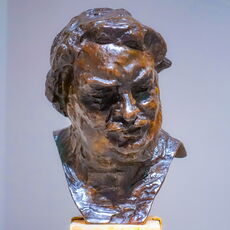Processing Your Payment
Please do not leave this page until complete. This can take a few moments.
- News
-
Editions
-
- Lists
-
Viewpoints
-
Our Events
-
Event Info
- Women's Leadership Forum 2025
- On the Road with Mainebiz in Bethel
- Health Care Forum 2025
- On The Road with Mainebiz in Greenville
- On The Road with Mainebiz in Waterville
- Small Business Forum 2025
- Outstanding Women in Business Reception 2025
- On The Road with Mainebiz in Bath
- 60 Ideas in 60 Minutes Portland 2025
- 40 Under 40 Awards Reception 2025
- On The Road with Mainebiz in Lewiston / Auburn
- 60 Ideas in 60 Minutes Bangor 2025
Award Honorees
- 2025 Business Leaders of the Year
- 2024 Women to Watch Honorees
- 2024 Business Leaders of the Year
- 2023 NextUp: 40 Under 40 Honorees
- 2023 Women to Watch Honorees
- 2023 Business Leaders of the Year
- 2022 NextUp: 40 Under 40 Honorees
- 2022 Women to Watch Honorees
- 2022 Business Leaders of the Year
-
-
Calendar
-
Biz Marketplace
- News
- Editions
- Lists
- Viewpoints
-
Our Events
Event Info
- View all Events
- Women's Leadership Forum 2025
- On the Road with Mainebiz in Bethel
- Health Care Forum 2025
- On The Road with Mainebiz in Greenville
- On The Road with Mainebiz in Waterville
- + More
Award Honorees
- 2025 Business Leaders of the Year
- 2024 Women to Watch Honorees
- 2024 Business Leaders of the Year
- 2023 NextUp: 40 Under 40 Honorees
- 2023 Women to Watch Honorees
- 2023 Business Leaders of the Year
- + More
- 2022 NextUp: 40 Under 40 Honorees
- 2022 Women to Watch Honorees
- 2022 Business Leaders of the Year
- Nomination Forms
- Calendar
- Biz Marketplace
A Look Back: The cultivation of Congress Square
 File photo / Peter Van Allen
At left is 142 Free St., which would be torn down under an expansion proposal by the Portland Museum of Art, at right.
File photo / Peter Van Allen
At left is 142 Free St., which would be torn down under an expansion proposal by the Portland Museum of Art, at right.
Portland’s arts scene was putting down roots in 1994, and many of them were planted in and around Congress Square.
The Maine College of Art — today, the Maine College of Art & Design — was converting the landmark Porteous Building on Congress Street into a new campus. Artist studios were sprouting up nearby. The Children’s Museum of Maine had recently moved to 142 Free St.
As Biz (as Mainebiz was known then) reported in December 1994, city leaders were drawing up plans for what would soon become the Arts District. Seeding much of the downtown area’s creative economy was the Portland Museum of Art.
The PMA opens onto Congress Square via the Charles Shipman Payson Building, which was barely 11 years old in 1994. With the new building, Biz wrote, annual visits to the PMA had blossomed eightfold to 120,000 in 1992.
In 2024, however, it looks as if Congress Square’s renaissance has begun to wilt.
Many of Portland’s artists have transplanted to cheaper studios, although the college is thriving. COVID and a tough economy have shuttered storefronts. The Children’s Museum, which merged with the Children’s Theatre of Maine in 2008, today operates in a $15 million, purpose-built center at Thompson’s Point.
The PMA attracted 170,000 visitors in 2019. But the numbers have been down since the start of the pandemic. The museum now wants to rejuvenate Congress Square and the city’s art scene with a planned $100 million expansion. It calls for replacing the former Children’s Museum building, which dates to 1830, with a new wing that would double the PMA’s current space.
The PMA says the expansion would grow visits by 76%, add hundreds of jobs and millions of tourism dollars, and be as revolutionary today as the Payson Building was decades ago. Critics say the plan would destroy a key element of the Congress Street Historic District, and violate the letter and spirit of the city’s preservation ordinance.
Fun fact
In 1994, the Portland Museum of Art’s blockbuster exhibit, “Rodin,” drew over 52,000 visitors during its 14-week run, Biz reported that December. The museum had an annual budget of $1.8 million and a staff of 33. Today, the PMA has grown to a workforce of about 100. Expenses totaled $8.3 million in 2022 — or in 1994 dollars, roughly $4.3 million.
















0 Comments